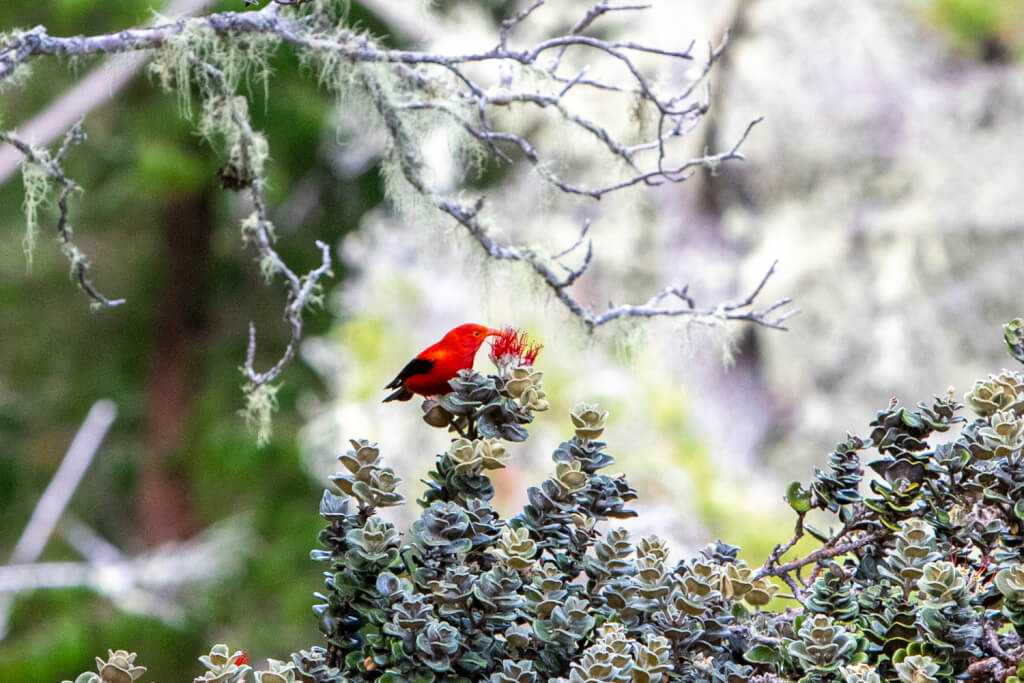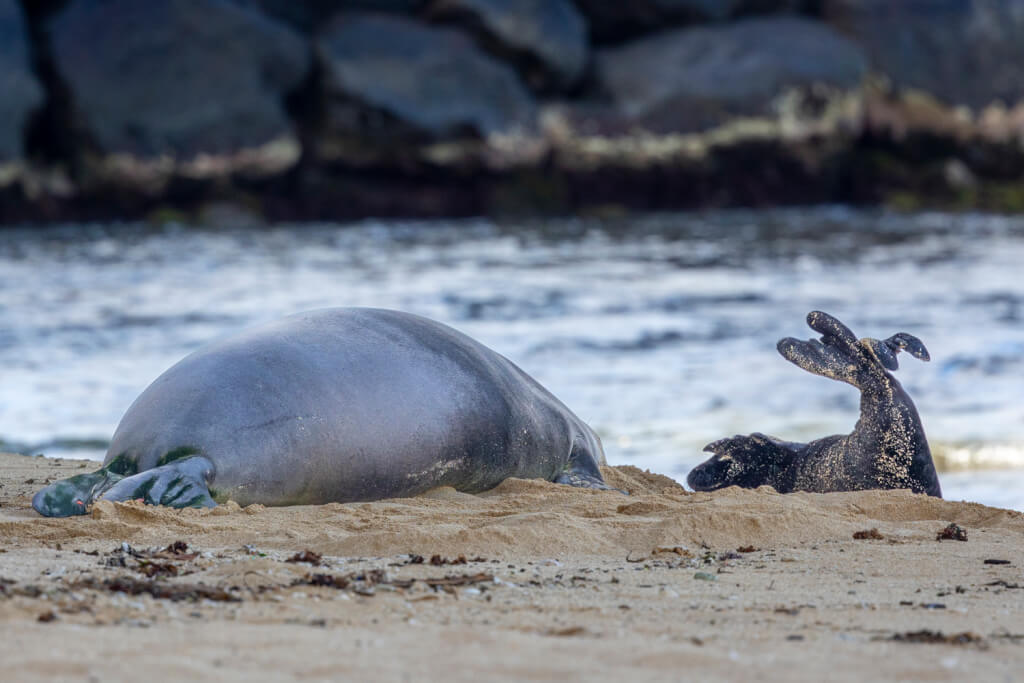There’s no doubt that wildlife isn’t doing well. But a new study by researchers at the School of Biological Sciences at Queen’s University Belfast suggests that we could be in a mass extinction event right now, making the plight ouf our planet worse than originally thought.
The biodiversity of our homeworld is under threat. Sure, there have been many extinctions in the past, both before and during the age of the human race. But we’ve never seen the types of conditions we’re seeing now. In fact, the numbers that researchers recently came up with strongly suggests that we could be in the midst of what could be the sixth mass extinction event in our planet’s 4.5 billion-year history.
We Could Be in a Mass Extinction Event
The study suggesting that we could be in a mass extinction event was published in the scientific journal Biological Review. They came to this conclusion by analyzing 70,000 known species around the world, covering everything from mammals to insects. What they found was that 48% of those 70,000 species are in decline, and only 3% were seeing population growth. That’s not to say all 48% of those species are or should be classified as “threatened” on the UN’s International Union for Conservation of Nature’s (IUCN) Red List. In fact, just 28% of the species in the study are on the Red List.
But what it does show us is that 33% of species that the IUCN currently classifies as “non-threatened” are clearly on their way to being eligible for classification thanks to the rapid rate in which their populations are shrinking.
The report went on to state that while mammals, birds, and insects are all seeing declines, no group was seeing sharper drop-offs than amphibians. Fish and reptile species are faring a bit better, though that’s not an indicator of health. Remember, many popular food species are experiencing population crashes. The Atlantic Blue Fin Tuna is a good example of this.
Further, it was found that species in the tropics were more impacted than anywhere else. The reason for this, one of the study’s co-authors says, is because species in these regions generally have a harder time adapting to their changing environment and climate. And that’s the key takeaway here. Humans are the cause of virtually all of the declines thanks to habitat loss, over-harvesting, and climate change. That’s a huge departure from other mass extinction events, which were caused by cataclysmic natural disasters.
Extinction in Hawaii
That we could be in a mass extinction event comes as no surprise to me. As I’ve said before, Hawaii is the extinction capital of the world. In fact, in the brief nearly four decades I’ve been around, Hawaii has lost nearly a half dozen species, including:
- Kauai O’o
- Kama’o Large Kauai Thrush
- Maui Akepa
- Maui Nukupu’u
- Hawaiian Tree Snail Achatinella apexfulva – last known snail died January 1, 2019
And it only gets worse the farther back you look. In fact, if we look just at Hawaiian Honeycreepers, which include the above O’o, Akepa, and Nukupu’u, only 17 of the over 50 previously extant species remain, and we’re on the verge of losing more.
Maui’s Kiwikiu is listed as Critically Endangered by IUCN, with a population estimate of just 150 birds, all of which are restricted to higher elevations of Haleakala’s eastern slopes. The ‘Akohekohe, which also calls Maui home, is listed as critically endangered, too. They’re doing slightly better than Kiwikiu, with a population estimate of just over 400, but they are split into two different groups on the eastern slopes of Haleakala.
Over on the Big Island, we have Palila, which lives on the western slopes of Mauna Kea. There are an estimated 4,000+ birds still around, but nearly all of them are concentrated in a 72-square-mile patch of land. And, finally, on Kauai, we have ‘Akikiki, of which only 45 known individuals remain, and ‘Akeke’e, which has about 600 individuals left, both of which reside in the highest elevation areas of Mount Wai’ale’ale.

So what do these facts have to do with the fact that we could be in a mass extinction event? For one, five species vanishing in less than 40 years in such a small area is alarming. Further, the reason they vanished and that the extant birds listed above are in decline is due to habitat loss and climate change. For living birds, specifically, climate change is allowing avian malaria-carrying mosquitos to move into higher and higher elevations. This reduces the habitat they have available to live in and is causing their demise to quicken. In fact, current estimates say that Kiwikiu, ‘Akikiki, Akeke’e, ‘Akohekohe could vanish within the next two years if something isn’t done NOW.
Mind you, these examples only begin to scratch the surface of what’s happening here in Hawaii. ‘Alala, the Hawaiian Crow, is already extinct in the wild, persisting only in captive breeding programs. Efforts to reintroduce them into their natural habitat have been unsuccessful, while a shrinking gene pool further threatens the bird. Clearly, then, we don’t think we could be in a mass extinction event in Hawaii – we know we are.
We Could Be in a Mass Extinction Event, Final Thoughts
Again, there’s absolutely no question for those of us in Hawaii that we could be in a mass extinction event right now. Unfortunately, extinction is part of our daily lives. To have lost five species within my lifetime, with many more on the verge of complete loss, is stunning and sobering. But we still have time to save what we have left. We have to make smarter choices to prevent climate change from getting worse. That’s why things like capacity controls and green fees are actually important for Hawaii – they’ll help preserve and restore the precious natural resources we still have.
For those that want to help Hawaii’s struggling wildlife, here are a few organizations I know and trust:

